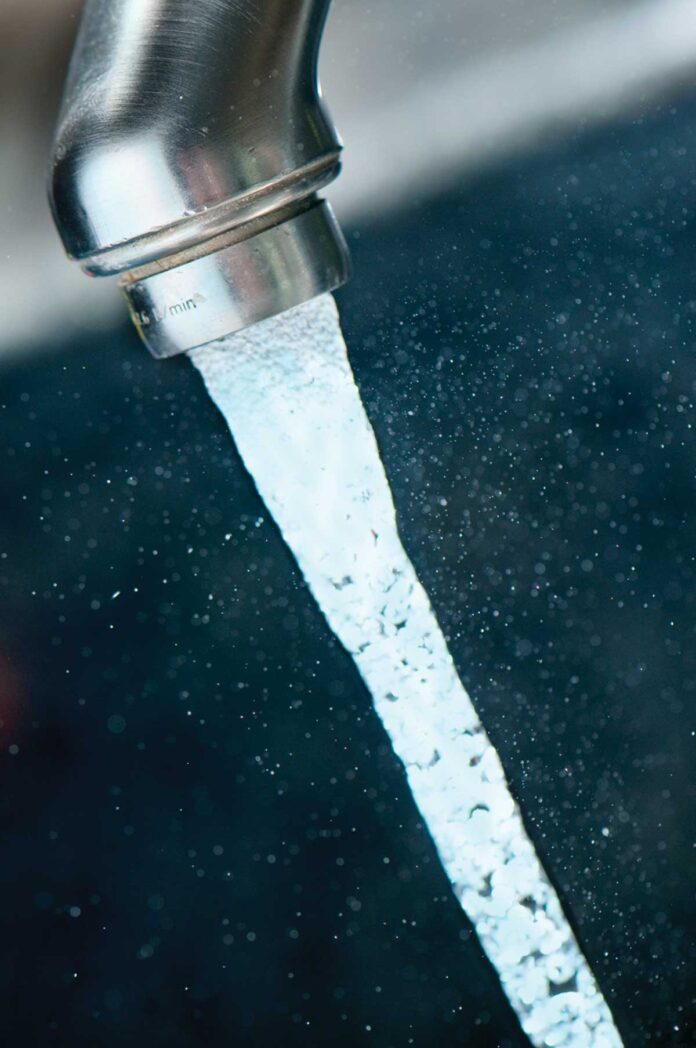To advance science and promote growth of emerging industries, the Port of San Diego is advancing aquaculture through its proposed Shellfish and Seaweed Aquaculture Program. Aquaculture is the cultivation, or farming, of aquatic organisms in marine and fresh-water environments. The Port is looking to exclusively focus on the cultivation of shellfish and seaweed.
“The Port of San Diego is a proven and measurable economic engine not only for our region, but for the entire state of California,” said Chairman Frank Urtasun, Port of San Diego Board of Port Commissioners in a press release. “Through continued innovation and bold thinking like the pursuit of establishing a viable aquaculture industry locally, we will further advance the Port’s economic impact by creating more jobs and businesses that benefit our local economy.”
As a port of communities, public and stakeholder input is important in the development of the SSAP. A discussion draft of the proposed SSAP is now available for review (https://bit.ly/4duQZst). This initial review period is open for 60 days. The discussion draft includes an overview of policies, procedures, and best practices that the Port would apply when considering future shellfish and seaweed aquaculture proposals for both in-water and land operations. Stakeholder engagement and feedback on the SSAP are essential to this process. Comments, data and discussions on potential opportunities or gaps in the SSAP Discussion Draft are welcome.
According to the California Department of Fish & Wildlife, in 2021, the value of California’ shellfish aquaculture production exceeded $7.8 million, not including economic benefits from jobs or other multipliers. Although the value of seaweed production is not yet known, the Port said it has already seen success stories through investments in two aquaculture businesses through its Blue Economy Incubator, that includes Sunken Seaweed, a seaweed farm that produce 500 pounds of edible seaweed each week.
The Port said that shellfish and seaweed aquaculture in California is poised for growth, but the permitting and environmental review processes serve as significant barriers to implementation, and that the state has not issues a new aquaculture lease in more than 30 years. The Port’s plan is to play a significant role in minimizing these barriers to entry.
“With the region’s temperate climate, proximity to markets, and existing shore-side infrastructure, along with the Port’s roles as manager, landlord, regulator, and environmental steward, the SSAP is being developed to support future growth of shellfish and seaweed aquaculture in and around San Diego Bay.”

